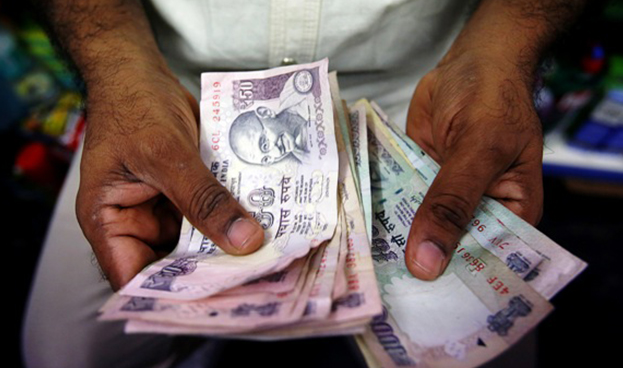India. National Pension System likely to get a facelift
The recently-formed committee on the National Pension System (NPS) will review the nearly two-decade-old scheme with an intent to enable it to provide higher pensionary benefits, with higher contributions from both the government and employees.
According to a source, the panel, headed by finance secretary TV Somanathan, might suggest guaranteeing a certain pension similar to the Old Pension Scheme (OPS), but without reverting to the non-contributory system. The proposal is to usher in the guaranteed component “in a graded manner”, so as to avoid a high upfront fiscal cost.
While ruling out reversing the pension reforms and going back to the fiscally-disastrous unfunded OPS, which entails up to 50% of the last pay drawn as pension from the Budget to the pre-2004 government staff, the Centre is conscious of increasing resonance of the demand for revival of OPS, ahead of the state assembly/general elections in 2023-2024.
Under OPS, a government employee is entitled to 50% of his/her last salary as a pension if he/she has completed 33 years of uninterrupted service. Employees with uninterrupted service of more than 10 years and less than 33 years are entitled to pension on a pro-rata basis.
According to the extant NPS norms, 60% of the accumulated NPS corpus from contributions during a person’s working years is allowed to be withdrawn at the time of retirement. Such withdrawal is also tax-free. The balance 40% is invested in annuities, which, according to an estimate, could provide a pension equivalent of about 35% of the last pay drawn. However, it is not a guaranteed pension as returns are linked to markets.
There is no silver bullet and governments across the world are facing this issue of giving higher and guaranteed pensions for many years now, said Kulin Patel, senior consultant at pinBox, a global social pensionTech.
“OPS is an open-ended promise and no one knows how much it will end up costing the country, given the imponderable of longevity of lives. There is also the inflationary linked pension revision which again, is difficult to estimate in advance,” said Patel. “To replicate OPS-style benefits, NPS is probably going to require 50% more or higher contribution rates than today.”
Seemingly keeping electoral gains in mind, many Opposition-ruled states — Rajasthan, Chhattisgarh, Jharkhand and Punjab — have announced a return to OPS. However, only two states stopped fresh contributions to NPS in FY23 for their staff after they reverted to the non-contributory OPS, indicating the moves are for political mileage as they also have lingering doubts about OPS sustainability.
Patel said increasing contributions in a phased and fairer manner. “So, as people age, their contribution should increase every five years or so. The government should never fix the contribution rate at the beginning of the enrolment,” Patel said.
Currently, the government contributes 14% of pay and employee contributes 10% to the NPS corpus.
The biggest cost in the OPS in India is the inflation linkage, which increases pension 6-8% each year. However, such inflation linkage has to be capped under NPS. “For a country and the economy like India, if we’re looking at a long-term inflation of between 4-6%, it can guarantee at least inflation-linkage revision of up to 2.5-3% per annum to manage the costs going forward,” Patel said.
The government can get the employee unions to understand that from an affordability perspective as a baseline, the guaranteed pension would be 35 or 40% or whatever the number is worked out by saying that more likely than not, because of the modelling/projections, most people will actually do much better in the longer term, Patel added.
Andhra Pradesh has floated the idea of guaranteeing 33% of an employee’s last drawn salary if he/she contributes 10% and 40% if the contribution is 14%. However, no details of the scheme are yet available.
Another option is that if the entire/states’ corpus or 58.3% of the corpus built from the central/state government contribution (14%) is annuatised/invested in some innovative product, the pension in NPS might be 45-50% of the last drawn salary, another source said. If actual returns work out to be less than the guaranteed amount, the gap could be bridged by the government concerned by contributing a little more to NPS like in the Atal Pension Yojana (APY).
In the government-backed APY that guarantees a minimum monthly pension of `1,000-5,000 to the lower-income group subscribers based on their contributions, the actuarial estimates found a corpus gap of `5,000-6,000 crore, which the Centre is bridging from Budget with a provision of `800 crore in FY23 to start with.
However, if the pension has to be revised annually to factor in inflation, some additional mechanism has to be worked out to meet the additional expenses.
Read more @FinancialExpress
191 views










